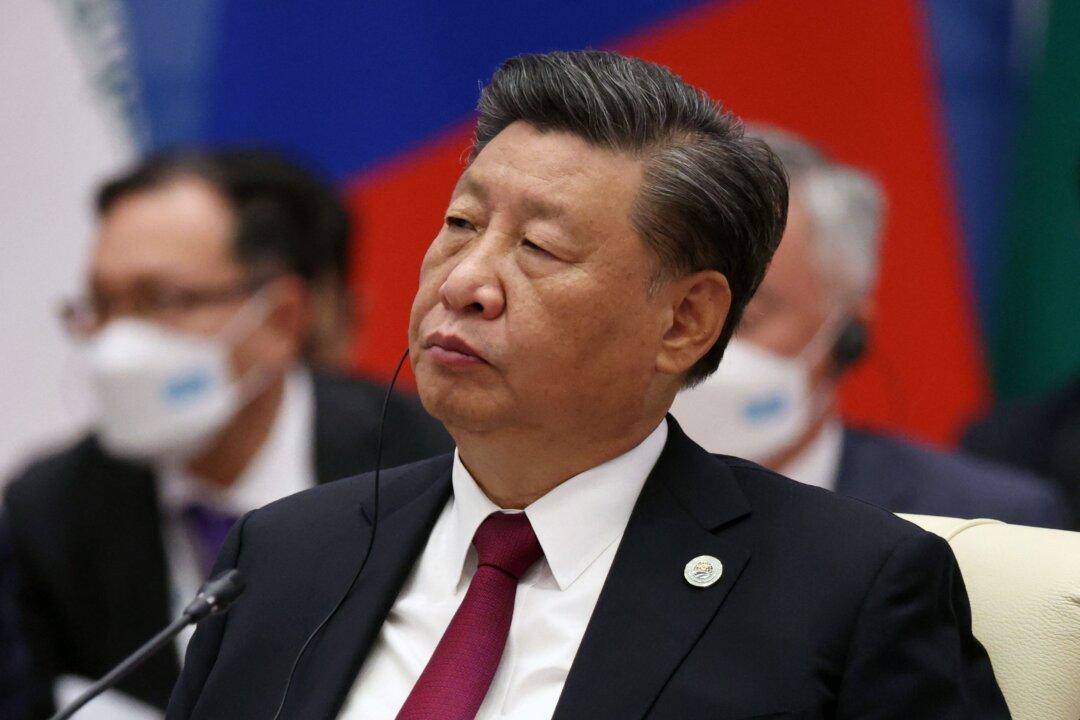Commentary
Leaders of Central Asia’s five independent states will meet with Chinese leader Xi Jinping for a critical summit on May 18–19 in China’s Xi’an city.

Leaders of Central Asia’s five independent states will meet with Chinese leader Xi Jinping for a critical summit on May 18–19 in China’s Xi’an city.